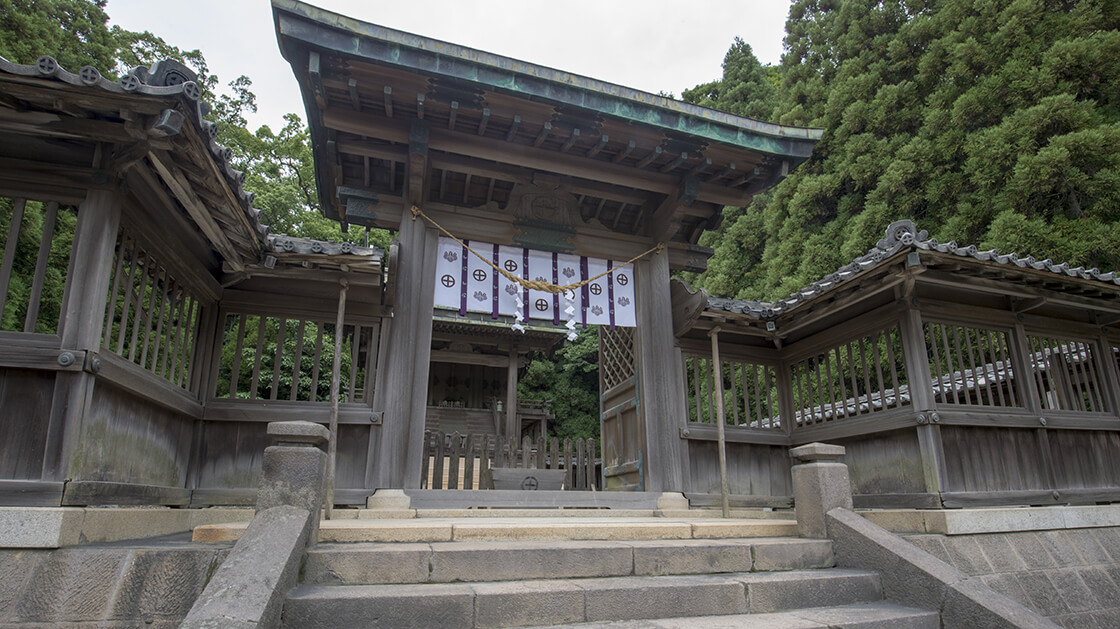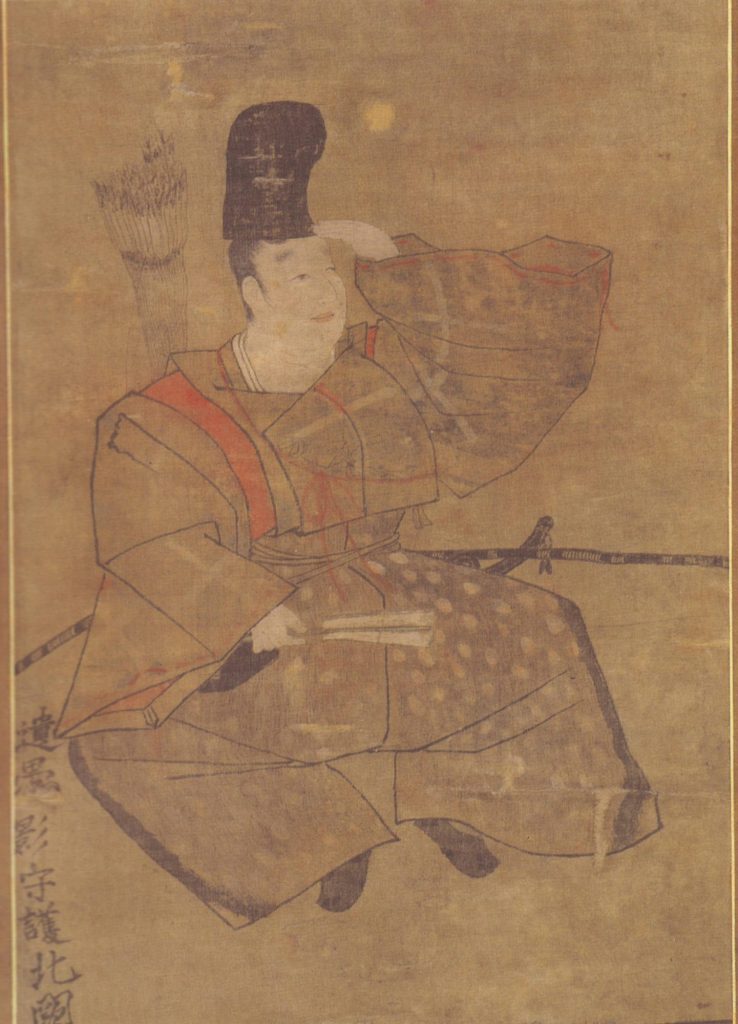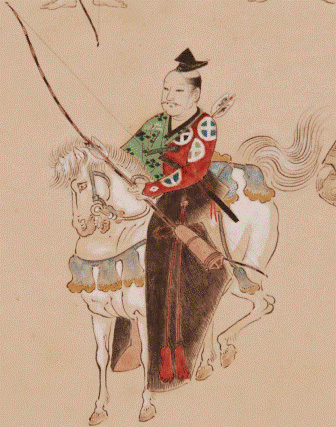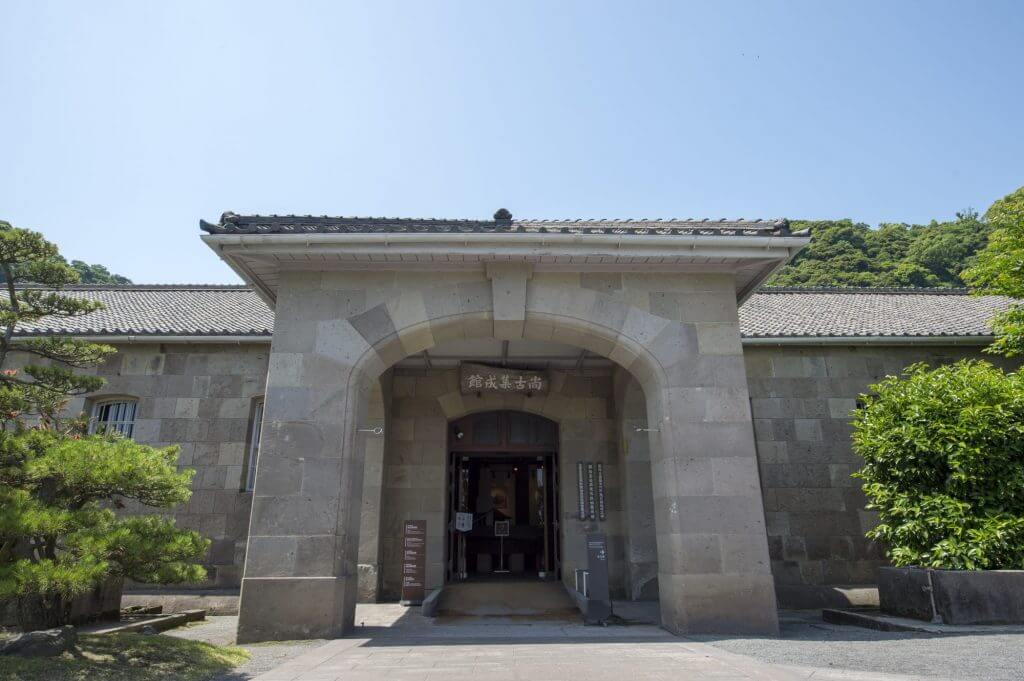
History of the Shimadzu Family
800 years of samurai history and culture
The Shimadzu family were one of Japan’s most powerful clans and ruled over southern Kyushu for a period of over 700 years. Learn about how this influential warrior clan survived through the age of the samurai and played a key role in the modernisation of Japan in the late 19th century.

About the Shimazu Clan
The Shimadzu watched over the land and people of Kagoshima for over 700 years from the Kamakura period (1185-1333) until the end of the Edo period (1603-1868). Presently in its 32nd generation, the Shimadzu family is one of Japan’s oldest and most famous warrior clans.
The history of the Shimadzu family begins over 800 years ago with the birth of Koremune Tadahisa at Sumiyoshi Taisha, an important Shinto shrine in Osaka. Legend has it that Tadahisa’s pregnant mother Tango-no-Tsubone, having escaped Kamakura for political reasons, went into labour while trapped in a thunderstorm at Sumiyoshi Taisha and gave birth while clinging onto a rock. Aided by the deity Inari, the baby was delivered safely despite the raging thunderstorm.
Tadahisa became a retainer of the Minamoto clan, and was appointed steward of the Shimadzu estate in Southern Kyushu by the first Kamakura shogun, Minamotono no Yoritomo in 1187. Tadahisa took the name of the estate as his surname and founded the Shimadzu family line. The Shimadzu became protectors of the three fiefs of Satsuma, Osumi, and Hyuga, and were granted authority over the islands to the south – a reference to the Kingdom of Ryukyu.
Sengan-en is a villa built by the 19th head of the Shimazu clan, Mitsuhisa Shimazu.
In 1587, regent Toyotomi Hideyoshi pushed the Shimadzu clan back to southern Kyushu, and in 1600 the Shimadzu fought on the losing side at the Battle of Sekigahara, with Yoshihiro making an amazing escape back to Kagoshima with only a handful of men. While other losing domains were rescinded the Shimadzu managed to keep control of their lands, and developed a close relationship with the Tokugawa shogunate.
During the Edo period (1604-1868), the 18th head of the Shimadzu family, Iehisa constructed Kagoshima Castle and annexed the Ryukyu Islands, establishing trade with China and making Satsuma one of the wealthiest domains in Japan. During the peace of the Edo period cultural pursuits flourished, and the 19th head of the family, Mitsuhisa constructed a magnificent house and gardens overlooking Sakurajima named Sengan-en.
In the late 18th century Shimadzu Shigehide developed an interest in western culture, and invested greatly in educational reforms in the Satsuma domain. It was around this time that domain finances came under pressure, and a senior retainer called Zusho Hirosato who was formerly a tea servant to Shigehide was employed to restore the treasury to its former glory.


Shoko Shuseikan Museum
Follow the course of the Shimadzu family over 800 years, and see how the international relations they forged led to the development of industrialisation in modern Japan. The Shoko Shuseikan Museum is housed in the oldest stone factory building in Japan, built in 1865 by pioneering lord Shimadzu Nariakira.
